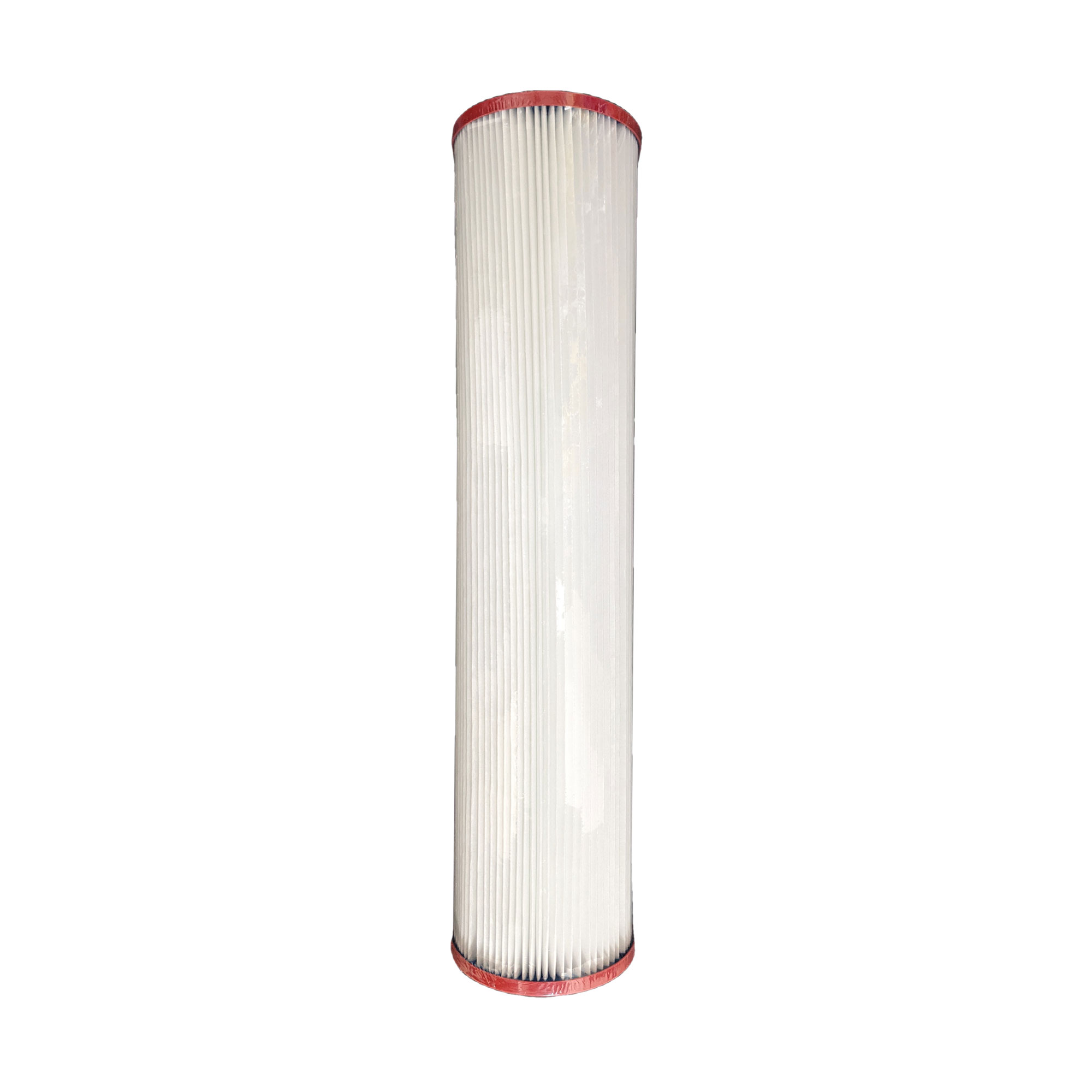Sediment Filter Comparison
| Filter Type | Micron Rating | Filtration Precision | What It Removes | Key Differences |
|---|---|---|---|---|
| Sediment Filter 10µm Nominal | 10 microns (nominal) | Moderate (nominal) | Larger particles like sand, silt, dirt, rust | Removes bigger particles; some smaller particles may pass through |
| Sediment Filter 5µm Nominal | 5 microns (nominal) | Finer than 10µm, moderate | Medium-sized particles like fine sand, silt, rust | Traps smaller particles than 10µm but still nominal (not absolute) |
| Sediment Filter 1µm Nominal | 1 micron (nominal) | Fine, but less precise than absolute | Very fine particles such as sand, silt, dirt, rust | Removes very fine particles but some smaller than 1µm may pass |
| Sediment Filter 1µm Absolute | 1 micron (absolute) | Very precise, reliable | All particles 1 micron and larger | Guaranteed removal of all particles above 1µm; highest filtration accuracy |
Summary of Differences:
-
Micron Size: The smaller the micron rating, the finer the particles the filter can remove.
-
Nominal vs. Absolute:
-
Nominal filters remove a majority but not all particles at the stated size — some smaller particles may slip through.
-
Absolute filters provide a strict, guaranteed cut-off, capturing all particles above the micron rating.
-
-
Usage: Larger micron filters (10µm, 5µm) are good for pre-filtration to protect finer filters downstream. The 1µm absolute filter is ideal when very fine filtration is needed to protect sensitive equipment or for high water clarity.


Reviews
There are no reviews yet